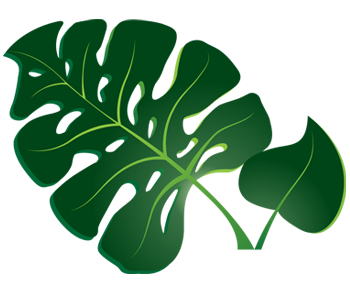
The Different Types of Hardy Succulent
Knowing what types of hardy succulents can be invaluable in planning your winter garden. Depending on whether you're just trying to accent your other plants with a burst of color, or you want to fill in an entire empty patch, the type of succulent you'll want to use will change. Exactly how many types of hardy succulent are there, and how do you distinguish between them?
There are two wide varieties of hardy succulent. Sempervivum and Stonecrop Sedums. Each category can be broken down into many different individual plants. Sempervivum plants are known for their bright colors and wider form. Sedums, on the other hand, are generally plainer and thinner.
If you’d like to pick the perfect hardy succulent for your garden, you’ve come to the right place! First, we'll break down what makes a succulent "hardy" and how you can distinguish between all the varieties. We'll then do a quick survey of some of the most popular hardy succulent plants you can find on the market!
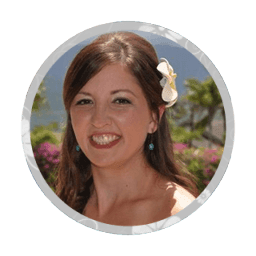

Distinguishing Between Types of Hardy Succulent
There are two basic species of hardy succulent, each of which can be broken down into countless individual plants. Below we’ll break down the difference between the two major species of hardy succulent:
- Sempervivum: These succulents are known for their bright colors and open-rose-like-display. Their colors can change depending on the weather; however, they can survive some of the cruelest conditions. They can even grow in soil that other plants can’t. They’re often planted in clusters and put on display in outdoor gardens.
- Stonecrop Sedums: While these succulents can come in many different colors, they tend to be a little less decorative than their Sempervivum counterparts. They look less like an open rose and more like small flowers or leaves growing off of stalks. However, they too can survive harsh temperatures and less than perfect soil.
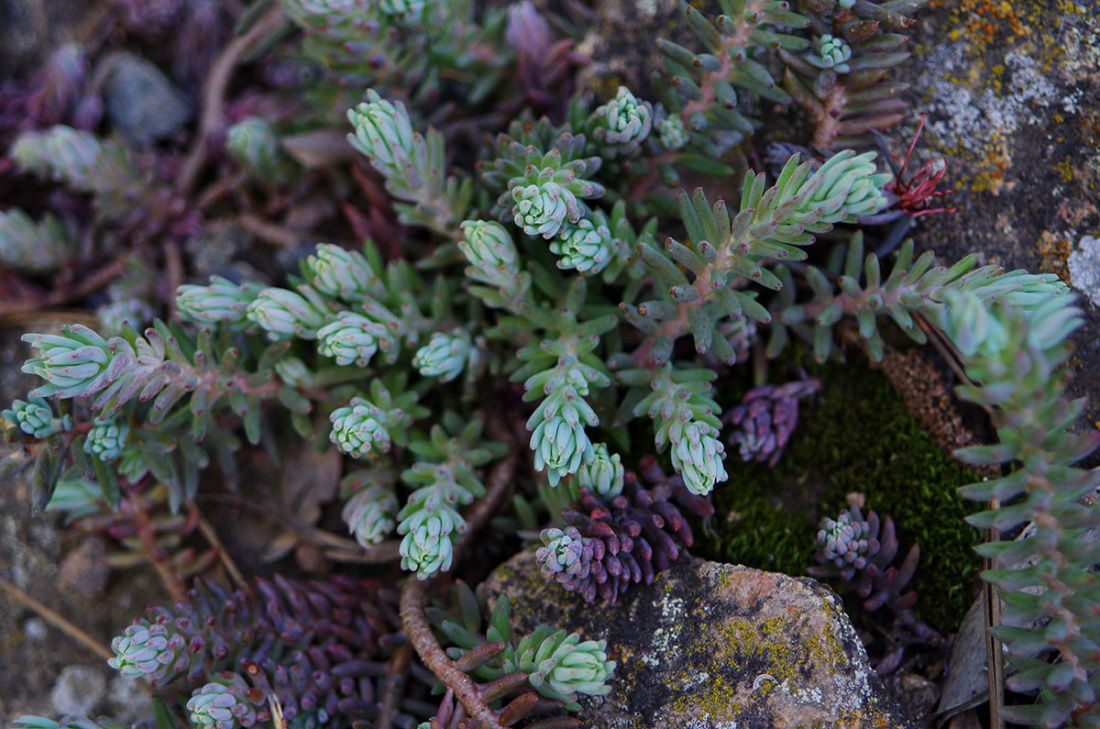
A Survey of Hardy Succulent Plants
So, what are some of the specific plants that are considered to be hardy succulents? What level of variety can you find when you break them down into individual plants. Below we’ll lay out five of the most popular hardy succulents, along with a description of what makes them unique.
A Blue Spruce is Perfect for the Holidays
These sedum hardy succulents grow extremely quickly and look like they came right off of a spruce tree. They have a fern-like appearance and change colors from green to a golden bronze as the temperature drops. These are perfect for filling out a large bare area of your garden. Plus, they match thematically with the holiday season to boot.
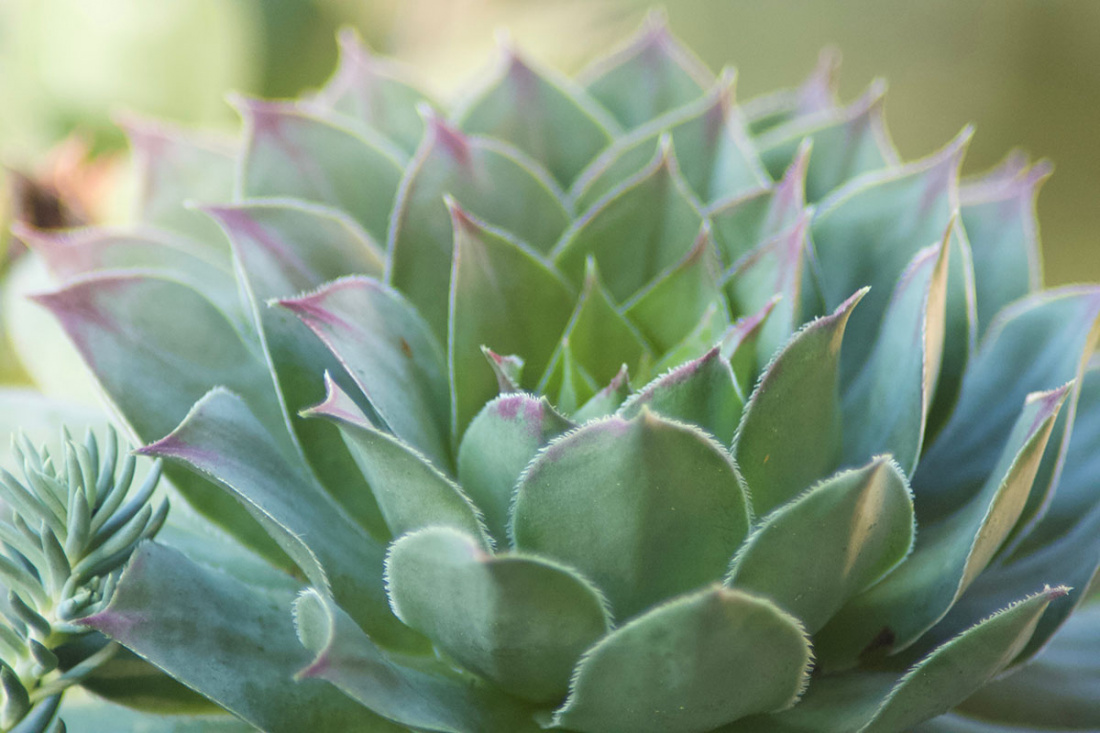
A Spring Beauty is Most Resilient
This sempervivum hardy succulent is one of the most resilient on the market. It can survive in temperatures of -30°F with very little sunlight. It can even be planted in hard soil that would choke most other plants. The only real danger to this succulent is the possibility that you overwater it. Colorwise, its body is green with plum-colored tips. It has a thick body of rosettes that open up when it isn’t too cold.
A Lime Twister Can Bring a Splash of Color to Your Garden
Being another sedum hardy succulent, lime twisters grow in mounds of stalky green leaves tipped with red and a hint of yellow. However, you have to be careful with these as they need decent soil and a lot of sunlight. However, if you have everything in place, these are some of the most beautiful succulents you can find.
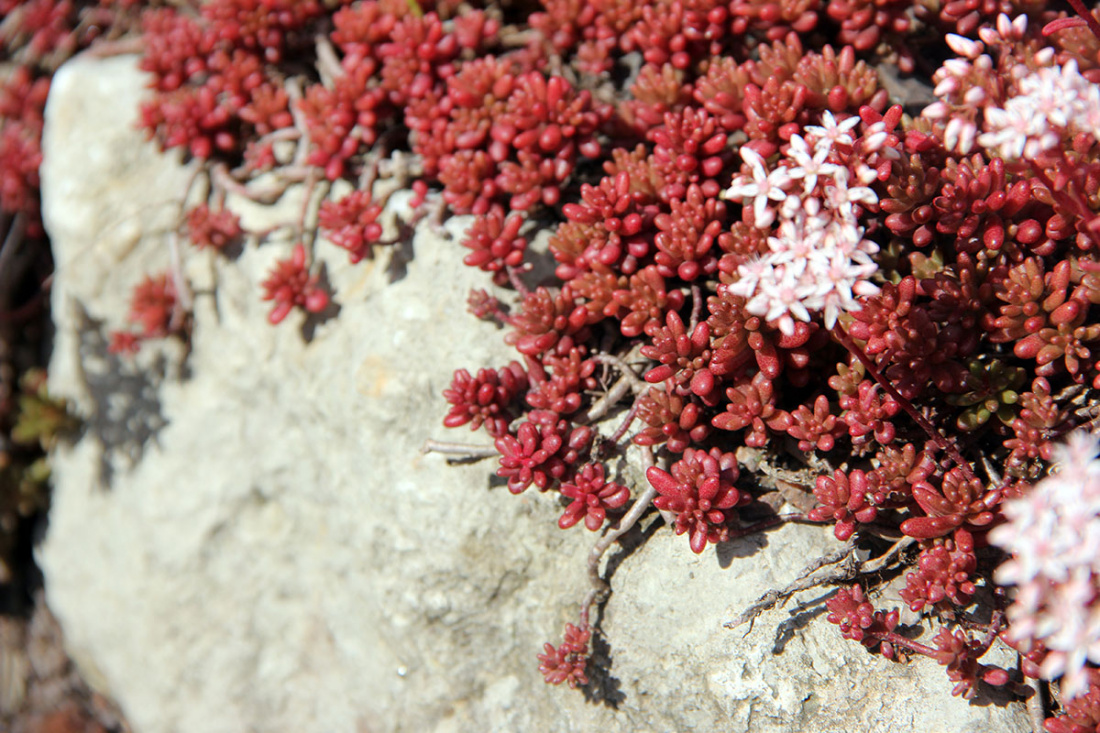
A Red Carpet is Perfect to Fill Out Your Garden
These sedums look exactly as the name implies--like red carpet. In a good way, though. They can fill a large empty patch in the garden. Their maroon red leaves and their long stems make them perfect for catching eyes when someone walks past your garden. Plus, they can live in some harsh environments and bring you joy deep into winter!
Cosmic Candy is One of the Most Eye-Catching Succulents
Finally, we’ll close with one last sempervivum hardy succulent. This is a lot like the “spring beauty” succulent. It has large rosettes that fold out and produces a spider web like material that arises from the center of the plant. As it gets cold, this succulent will turn red and remain that way. These are great for catching eyes and accenting your winter garden.
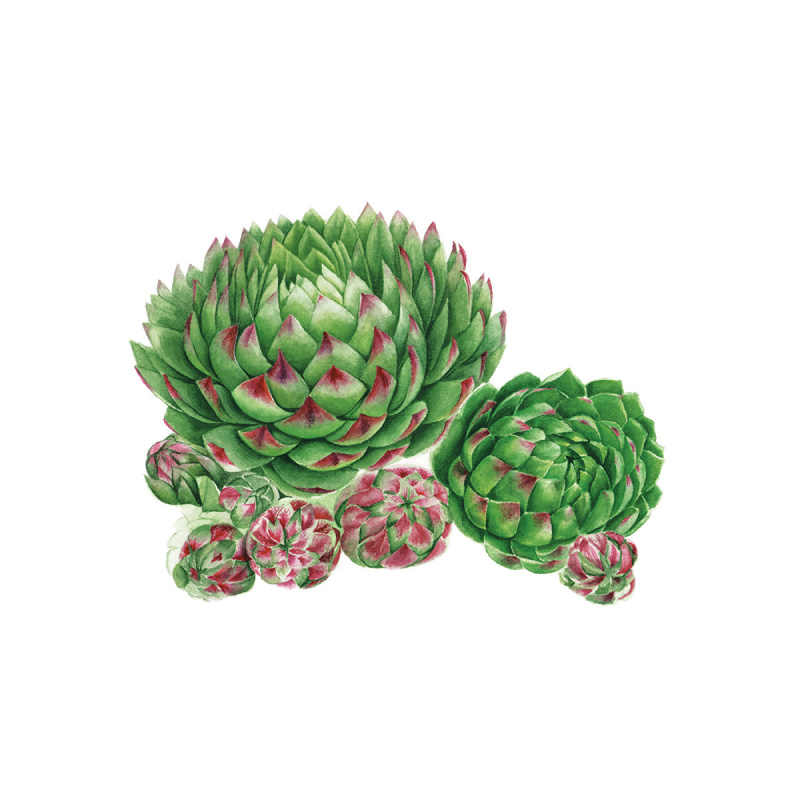
What Makes a Hardy Succulent Different Than a Soft Succulent?
So, you might be asking yourself, what exactly distinguishes a hardy succulent plant from a soft succulent plant? It’s important to grasp this difference because depending on where and when you want to have your succulent, one may be better than the other.
- The native environments of hardy and soft succulents are different. Generally, hardy succulents grow in harsh cold environments, whereas soft succulents can be found in environments like hot, dry deserts.
- Hardy succulents--also known as cold succulents--are special because they can survive extreme weather and below zero temperatures. While cold tolerance varies from plant to plant, some hardy succulents can thrive in temperatures as low as -30°F. These are the kinds of plants you want around through the winter time.
- The appearance of your hardy succulents will also change depending on the weather. Oftentimes in the cold, hardy succulents will develop a darker color and may even close up a little bit. If this happens, just know that it is normal. Still, since hardy succulents vary in how much cold they can withstand, you should always double check that yours are in the appropriate environment.
- Different species of succulent make up the hardy and soft types: As we discovered above, hardy succulents are generally distributed into the groups Sempervivums and Sedums. Soft succulents, on the other hand, are made up of several more species, including: Aeoniums, Crassulas, Echeverias, Haworthias, and Senecios.
- Hardy succulents are usually meant for outdoor gardens year round, whereas soft succulents are recommended for indoor displays during the wintertime. If you want to have your succulent outside--even in the wintertime--then hardy succulents are far and away the best option. Your soft succulent will likely freeze and die if you leave it out in the cold, so it is recommended that you set it up somewhere near a window so it can absorb sunlight--even while indoors.
It’s important to note here that you can’t always tell the difference between a hardy and soft succulent just by looking at them. The reason why some can survive the cold and others can’t has to do with how low the temperature has to be for the water in their cells to freeze, not because of how delicate they look. This is why it’s always important when you get a new plant, to do your research and make sure you’re aware of what type of plant yours is.

So, What Exactly are the Different Types of Hardy Succulent?
Hardy succulents are distinguished from soft succulents due to their ability to withstand extremely cold temperatures and harsh weather conditions. The two most common types--or species--of hardy succulent are sedums and sempervivums.
Sempervivums are used to accent gardens and often resemble open roses. They are sometimes referred to as “hens and chicks." Sedums, on the other hand, grow in patches and look more like stalks or stems with beautiful leaves grown out of them. So now that you know the difference between the two main types of hardy succulent, which will you choose for your winter garden?
